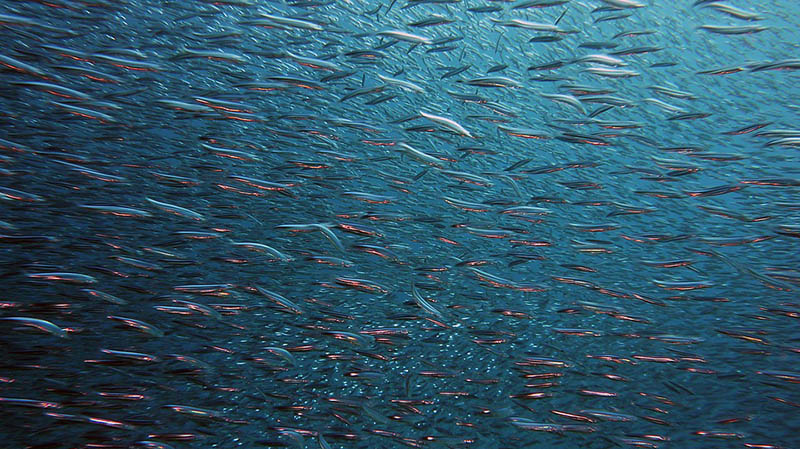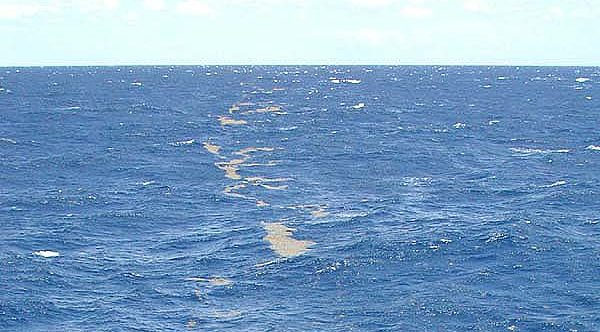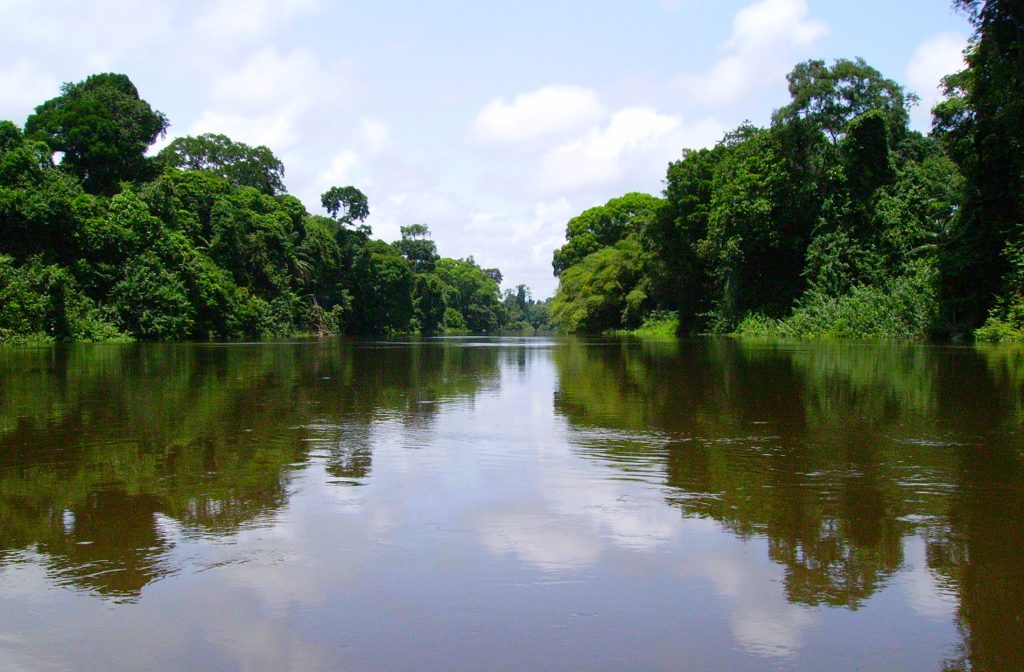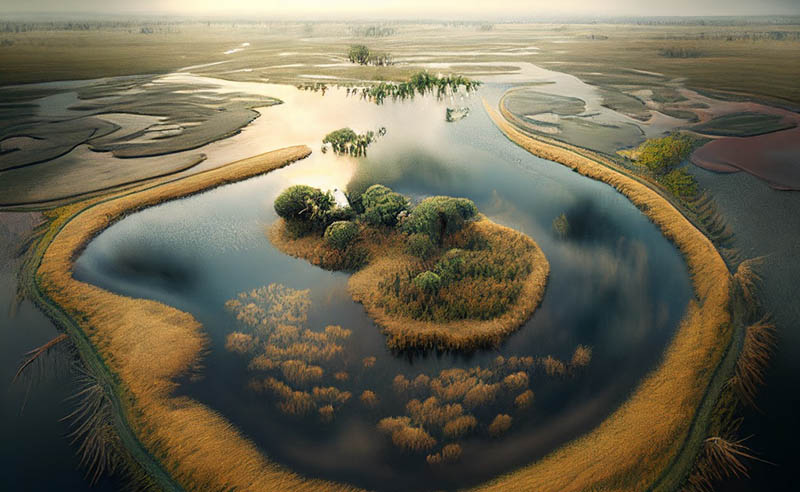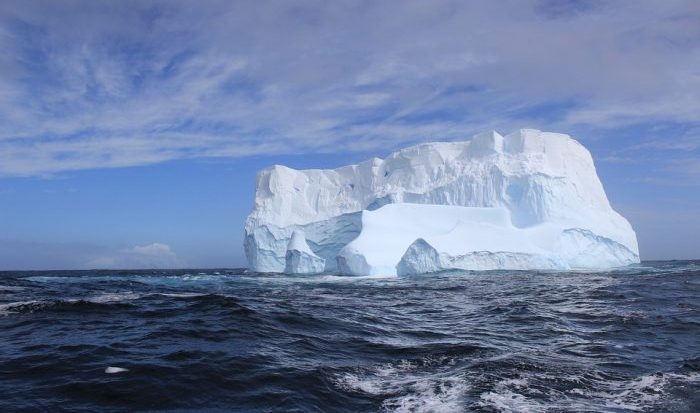Among all biomes, the ocean is the least studied. The marine biome is home to hundreds of thousands of species. Scientists claim that we have not yet discovered even half of them.
The aquatic biome is the largest
The marine biome is the largest on Earth. Oceans, seas, and other water bodies cover about 70% of our planet’s surface! No wonder the aquatic biome has been studied just a little bit so far. It is too huge, besides, the study of the ocean depths is extremely difficult. Moreover, Earth’s oceans are studied even less than the surface of Mars.
Ocean waters never stop moving
Ocean water is constantly moving. Cold water is moving in from the poles while warm water is moving in from the tropics. That’s a slow process, and it takes years. Also, the water is salty, there’s there is about one cup of salt per gallon of water in the ocean. We can’t drink salt water, doing it will lead to intoxication and dehydration.
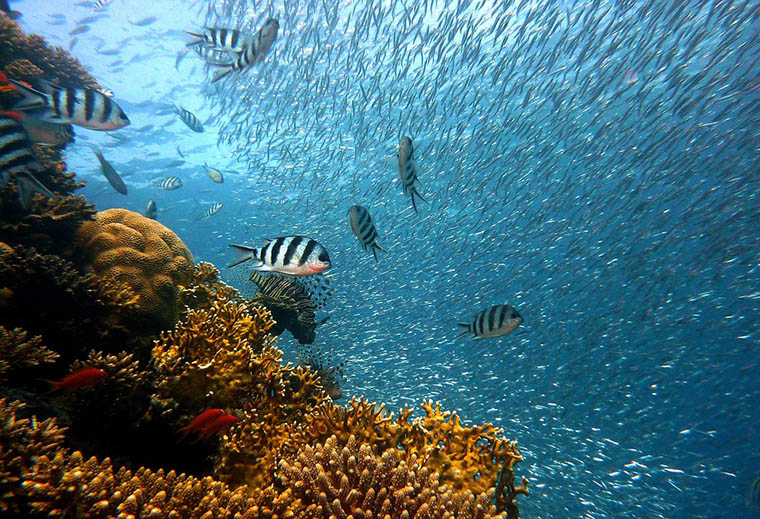
Facts about the marine biome life
More than 90% of known species live in the ocean biome, and we can bet there’s much more, as we still have explored about 10% of the oceans only. Oceans can be divided into three different zones (layers), which differ depending on the amount of sunlight they receive. The depths of oceans are still unknown, but we know there’s life there. Some of the creatures living there look like a nightmare alive.
Ocean biome and volcanoes
Volcanoes eruptions are dangerous natural disasters. However, most of them happen under water, and we don’t even know about them. Only 1 of 10 volcanoes is located on dry land, and 9 of 10 volcanoes are hidden under water! Sometimes their eruptions can lead to other disasters, such as tsunamis. Unique species live in warm or hot water near constantly erupting underwater volcanoes, they have adapted to such conditions.
Deep and dark
The average depth of the ocean is 12.400 feet (3800 meters) but the deepest point (the Mariana Trench) is 36.000 feet (11.000 meters) deep! The abyssal zone (zone of absolute darkness) begins at ~4000 feet depth (1200 meters), it covers 83% of the total area of the ocean and 60% of Earth’s surface. The creatures living there don’t even know what sunlight is! Also, the pressure is 100 times stronger at a depth of 3000 feet (1 km) than on the surface and is 1000 times stronger at a depth of 30k feet (10 km).
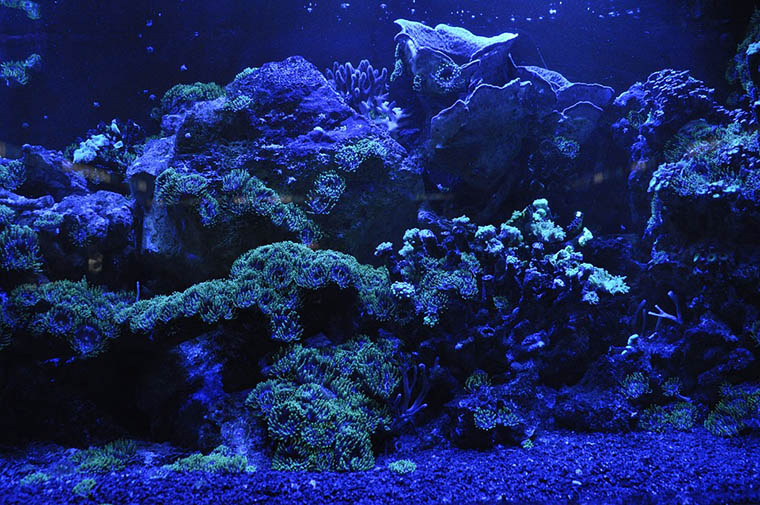
Ecosystems of the ocean biome
There are lots of ecosystems in the ocean biome, and their exact number is still being discussed. However, most researchers agree that there are 3 major ecosystems: oceans, estuaries, and coral reefs. The largest coral reef in the world is the Great Barrier Reef near Australia, it’s 1400 miles (2300 km) long and composed of 900 islands and 2900 reefs.
The marine biome temperature
The temperature in the ocean usually varies from freezing cold to warm. The average temperature is 39 °F (3.9 °C). The deeper you get, the colder water is. At a depth of 3000 feet (1 km), the temperature usually ranges from 35.5 F °to 32 °F (2 °C – 0 °C). It doesn’t freeze because of its salinity.
Plants of the aquatic biome
Plant life in the ocean gets food as a result of photosynthesis, so plants are only in the upper zone. Such plants include seaweed, algae, and seagrasses. There are more than 1 million different plant species living in the ocean, and about 9 million of them have not even been discovered yet. At least that’s what marine biologists say. By the way, marine plants produce even more oxygen than land plants!
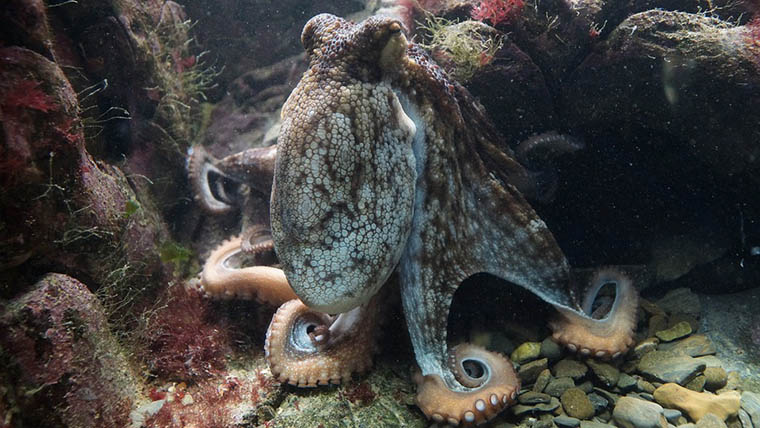
Animals of the marine biome
The marine biome is home to the largest mammals in the world, the blue whales. At the same time, oceans are full of so tiny creatures that you can’t even see them without a microscope. But oceans are so big so we are absolutely sure that we haven’t discovered all marine animals yet. The abyssal zone of the seas and oceans is barely explored. Who knows what secrets it still keeps? However, most marine animals live in the upper layer of water (600 feet or 200 meters), because the deeper layers are too dark and too cold, and there’s not so much food there.
Food chains in the ocean biome
Phytoplankton forms the first level of the marine food chain, followed by zooplankton, which consumes the first. Krill, small fish, and crustaceans feed on zooplankton, and then they themselves are eaten by large fish, seals, whales, walruses, and penguins. Seals and penguins are hunted by polar bears, as well as humans. People are at the top of the food chain because they consume a large amount of seafood.
